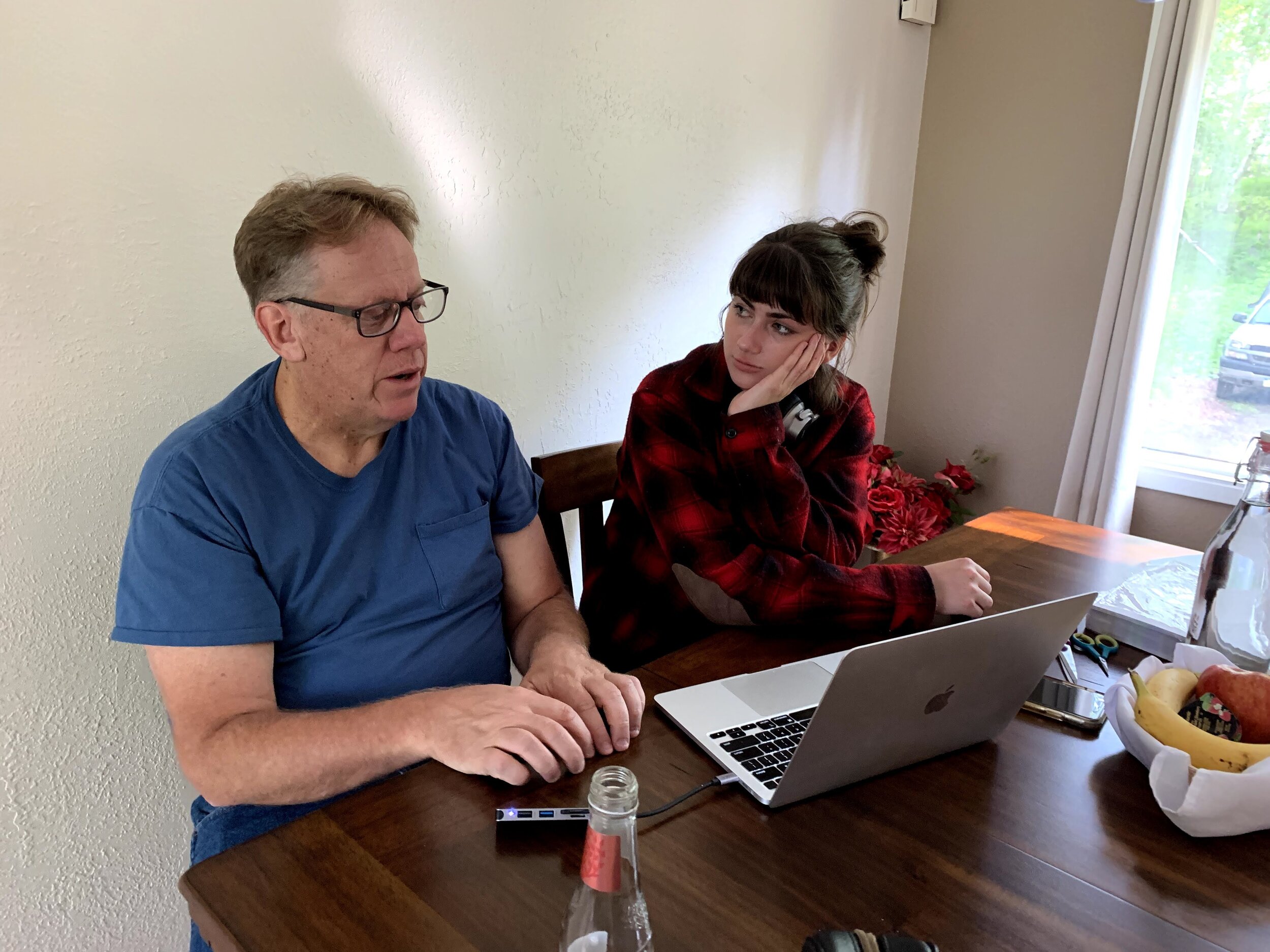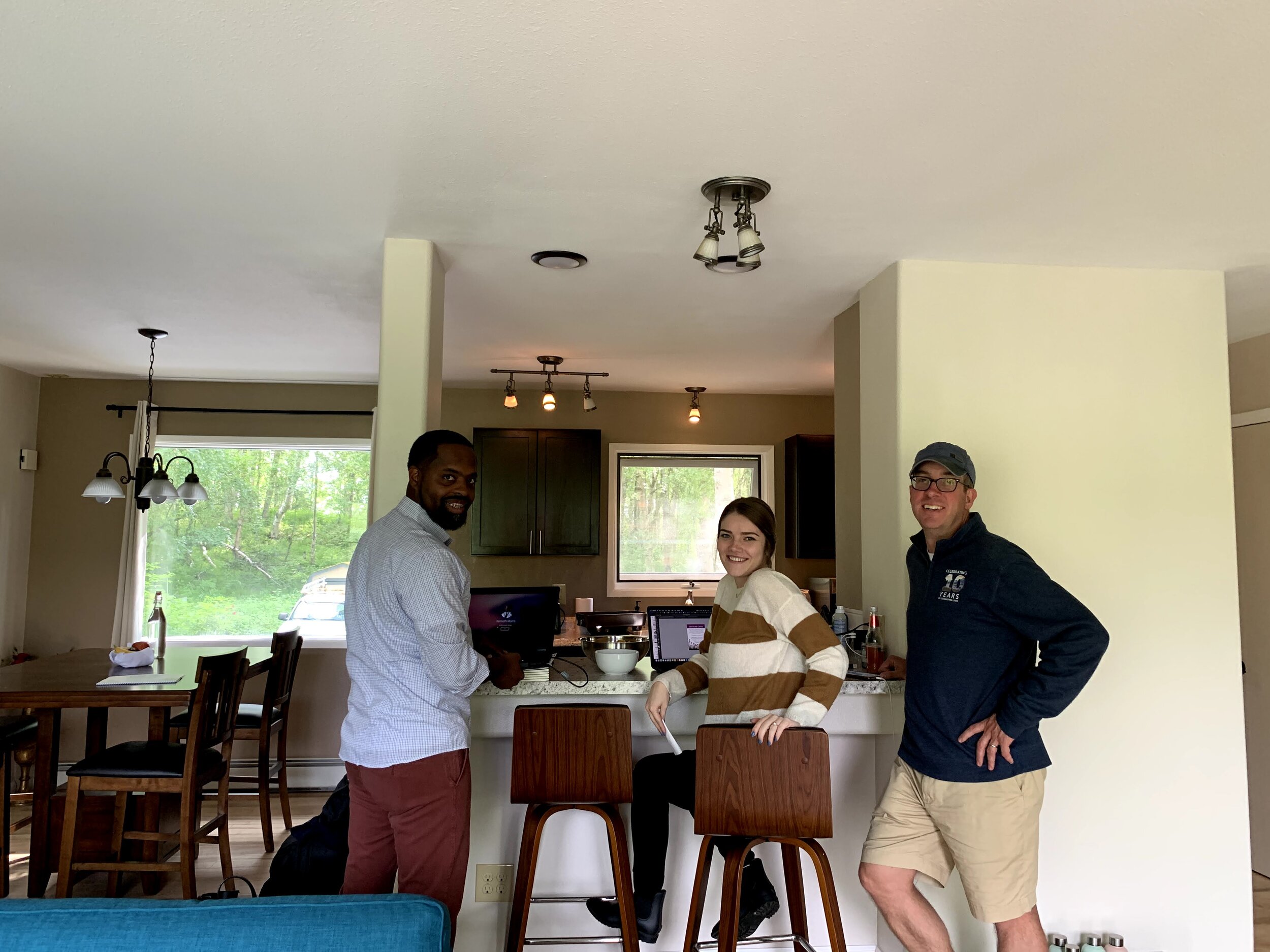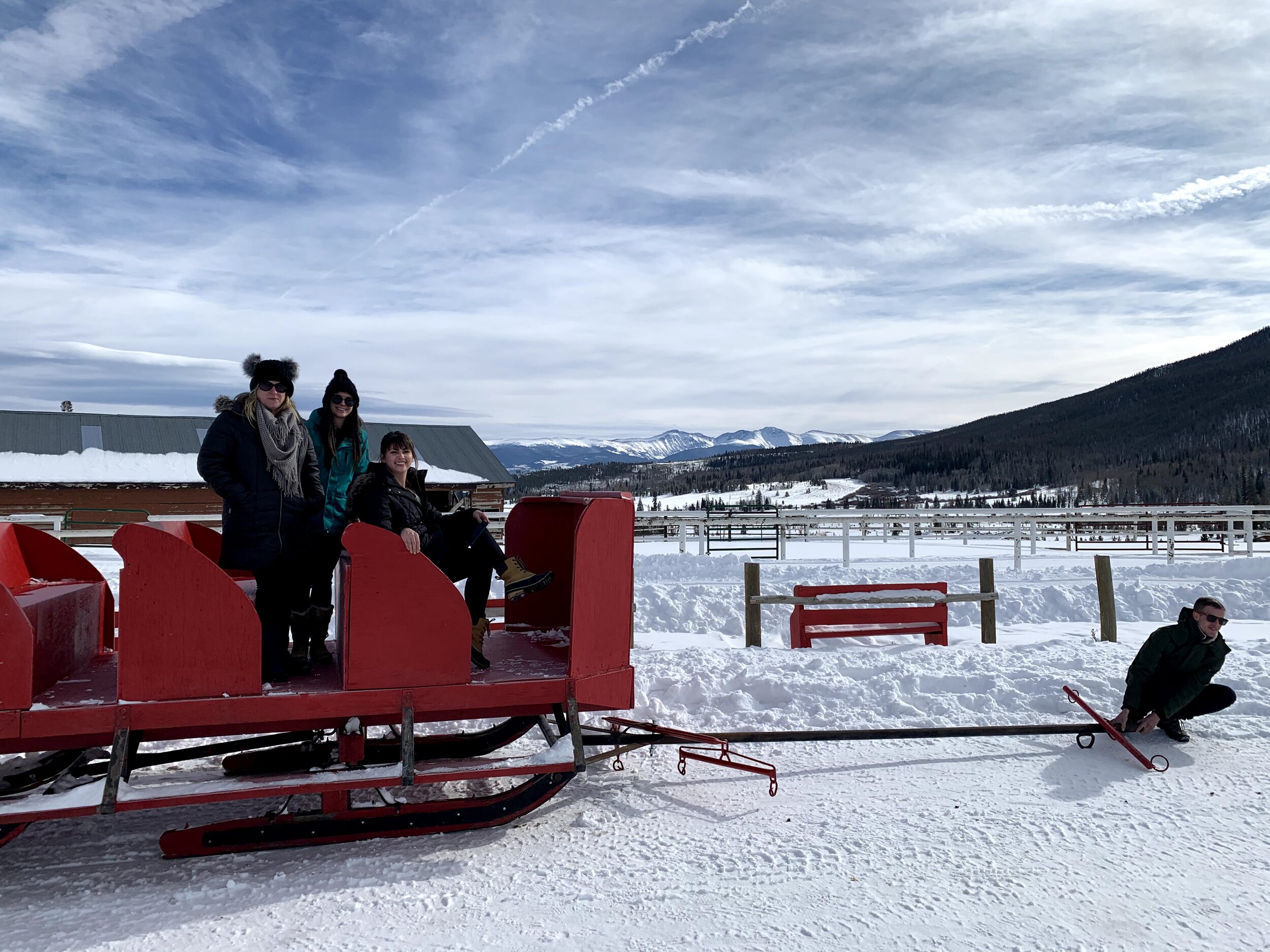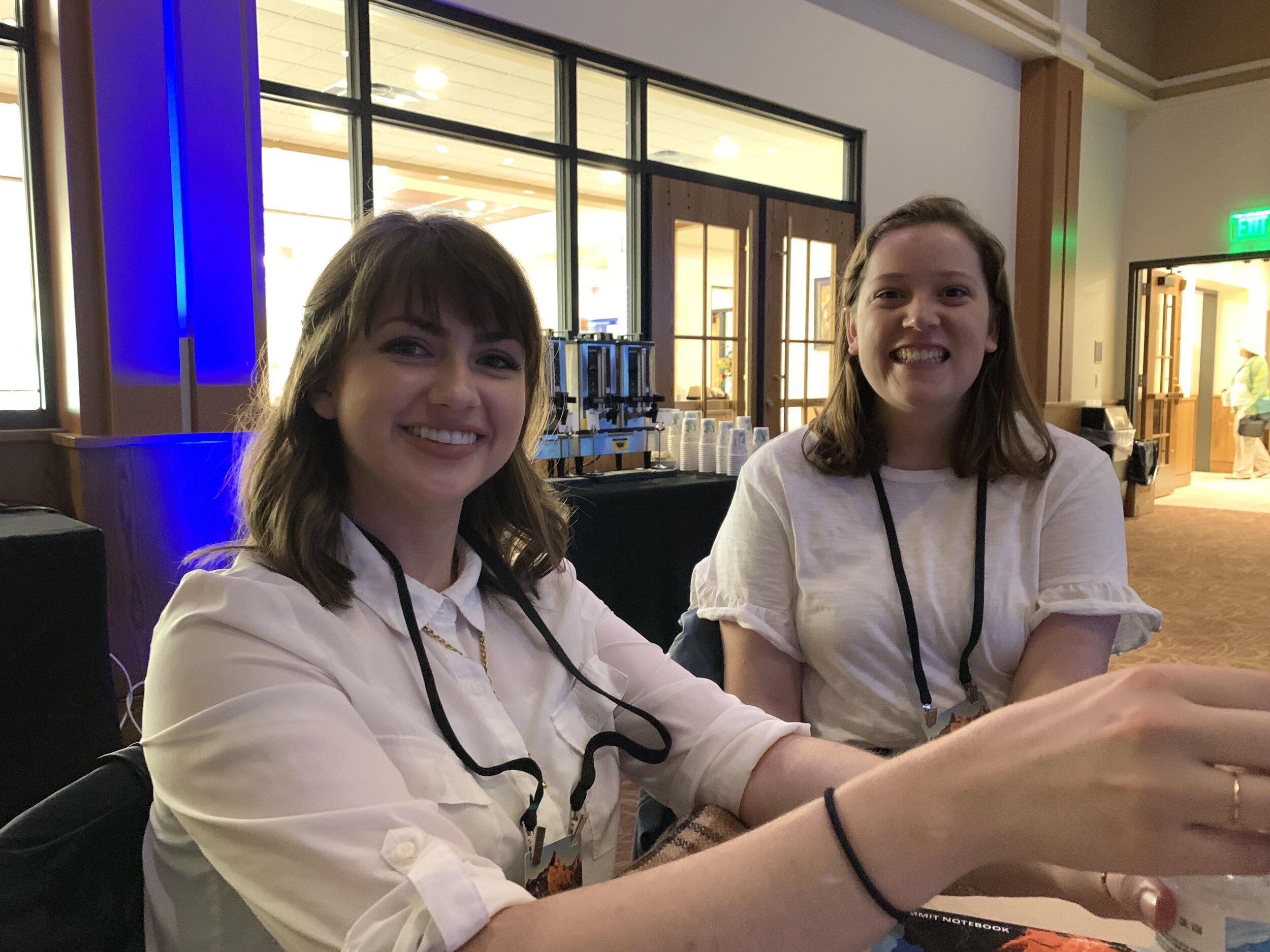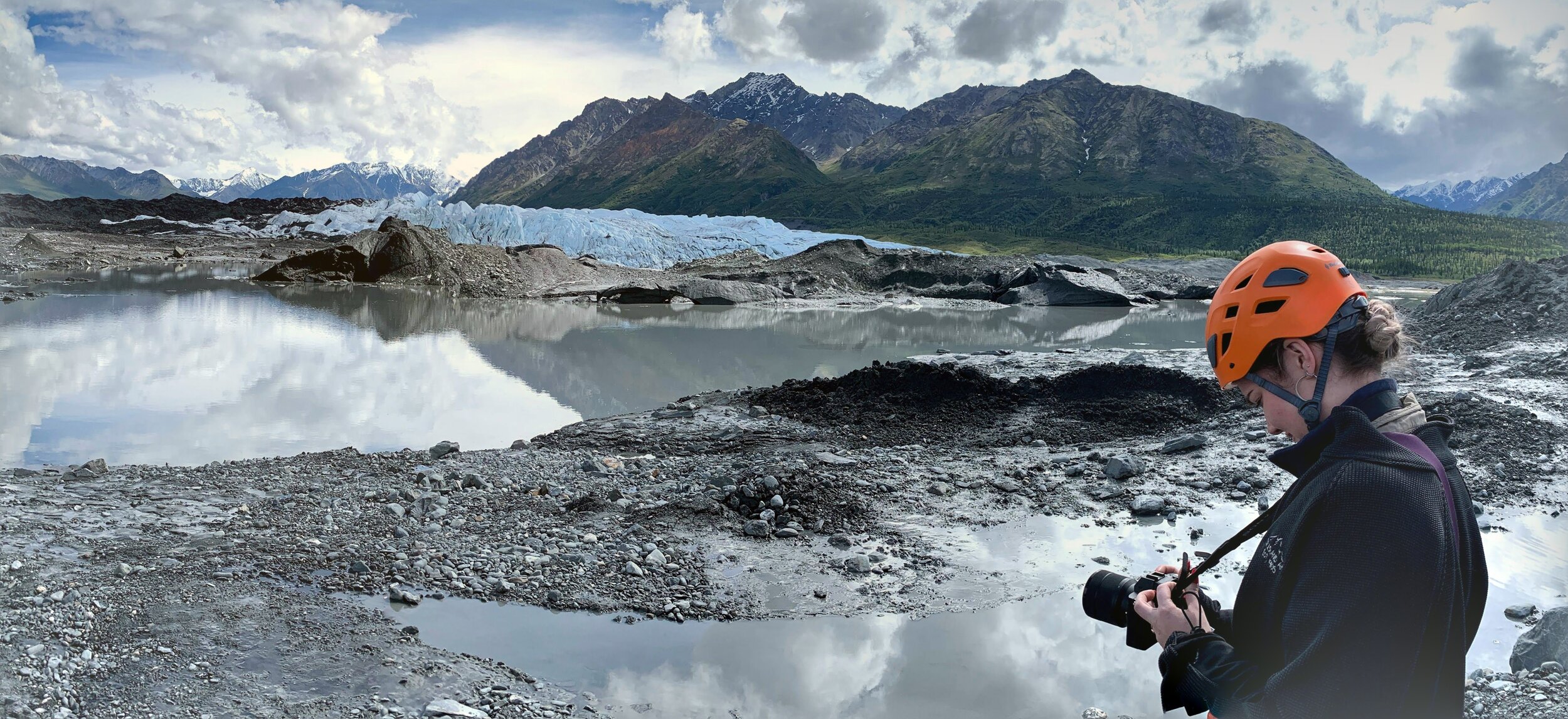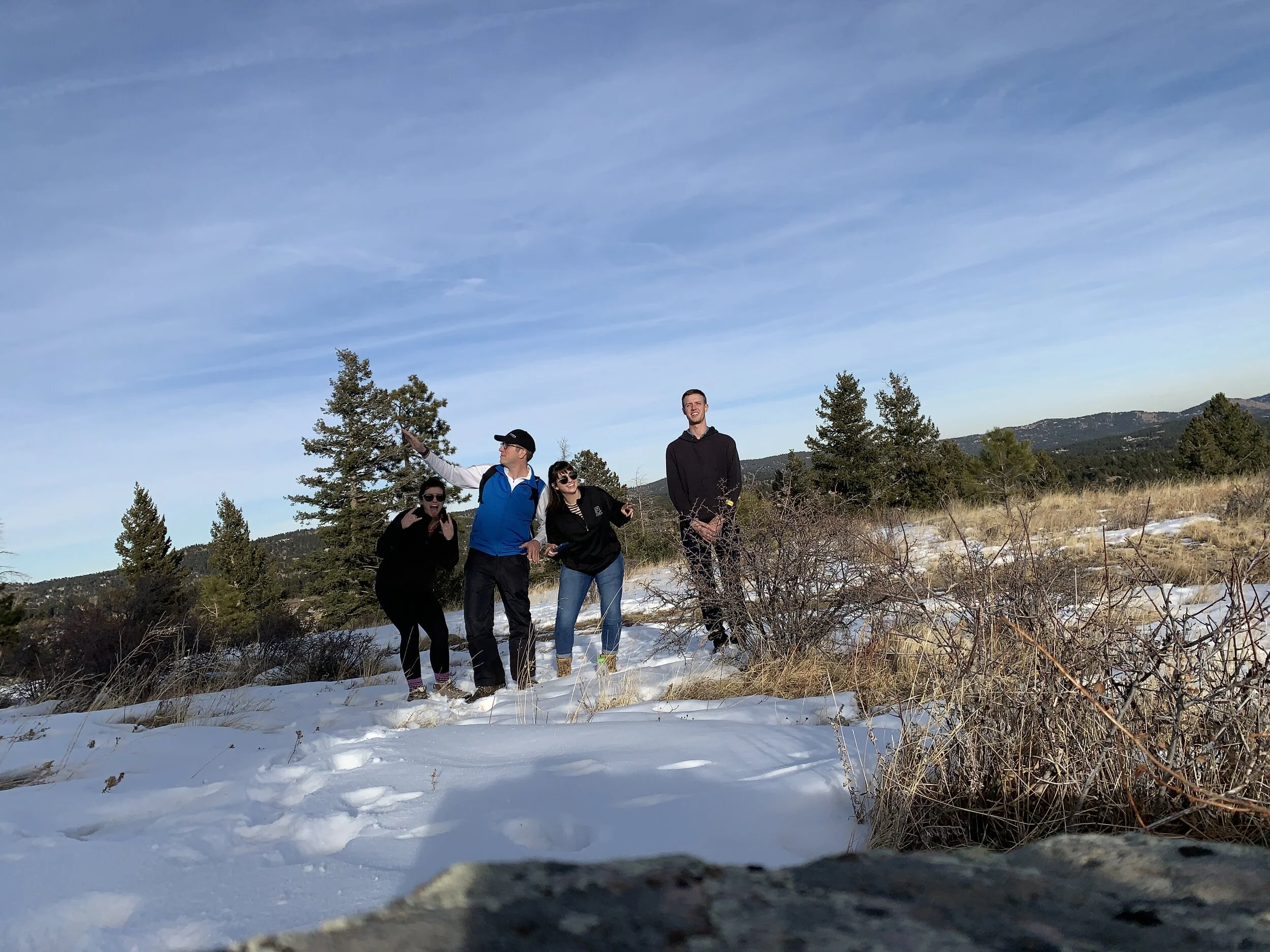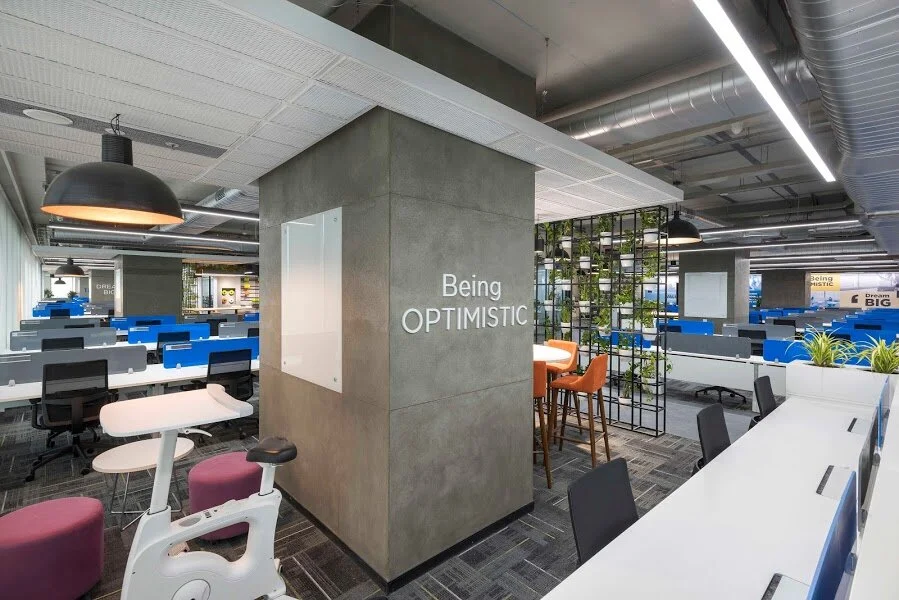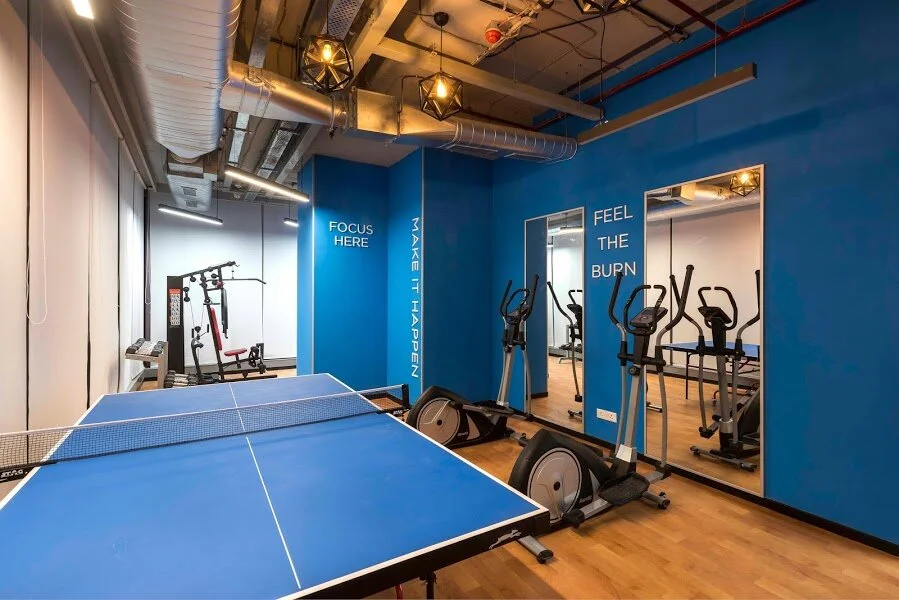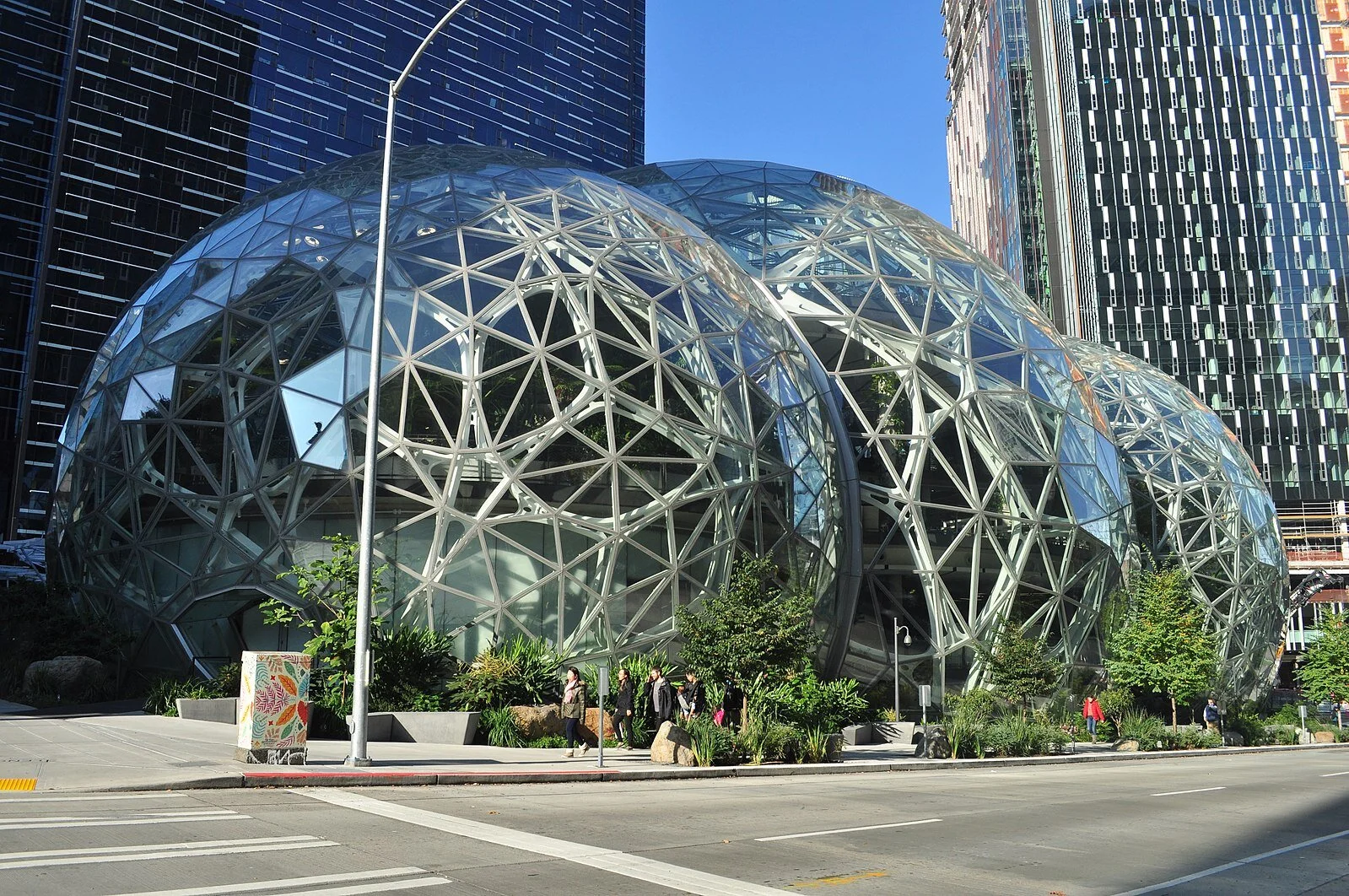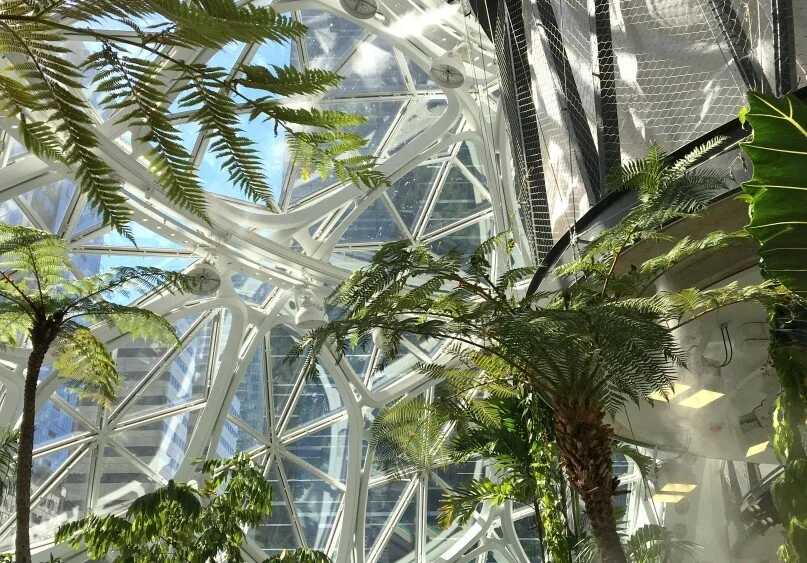As a leader, I can confidently say that there is nothing more rewarding than seeing your employees thrive and grow in their roles. Too often the business world pushes the narrative that creating a unique and valuable employee experience is a cursory concern that only large companies have the resources or time to attend to. However, here at PFD, we are big believers in the idea that the culture and environment you create for your employees should be a central part of your business strategy.
After all, companies grow due to the actions and commitment of those who work there. If you are not taking the time to create an environment in which every employee can succeed, then you are actually hurting your business. To create a company in which every employee is set up for success, we recommend that you take time to invest in three areas of your employee’s life:
Ensuring cultural fit: While it is important that your employees be diverse in talent and experience, it is also equally important that each of your employees share a set of workplace values. This means that there is an understanding of what behaviors are expected and that each employee lives by that. What is crucial as a leader is to ensure that you communicate clearly what those values are on a daily basis. This can minimize conflict and create comfort by increasing clarity of expectations.
Providing opportunities for growth: Your employees want your workplace to be a space where they can grow and reach their full potential. To ensure they are able to do this, you should be providing them with timely coaching and resources for learning. For example, at PFD, I make sure to build mentoring relationships with my employees to ensure that they have the support they need to accomplish all their goals.
Environment: Your physical environment is something that can either add to or detract from the mental wellness of your employees. If your physical environment is sterile and dull, it may be difficult for your employees to focus. On the other hand, if there is natural light and greenery in your workplace, your employees may feel more connected to one another and motivated. You don’t need to have a Google-esque office environment, but it should be clean, comfortable, and welcoming.
If you’d like to learn more about each of these three steps and how to fully make mentoring and employee experience a part of your business strategy, I highly recommend that you look into ordering our book The Mentorship Engine when it is released this November. The Mentorship Engine will walk you through a repeatable framework with which you can craft a compelling vision for your company and then source and retain the talent you need to fulfill that vision. If you are at all interested in the idea of growing your people while also growing your company, this will be the book for you. Keep an eye out in the coming weeks for a pre-order link.








